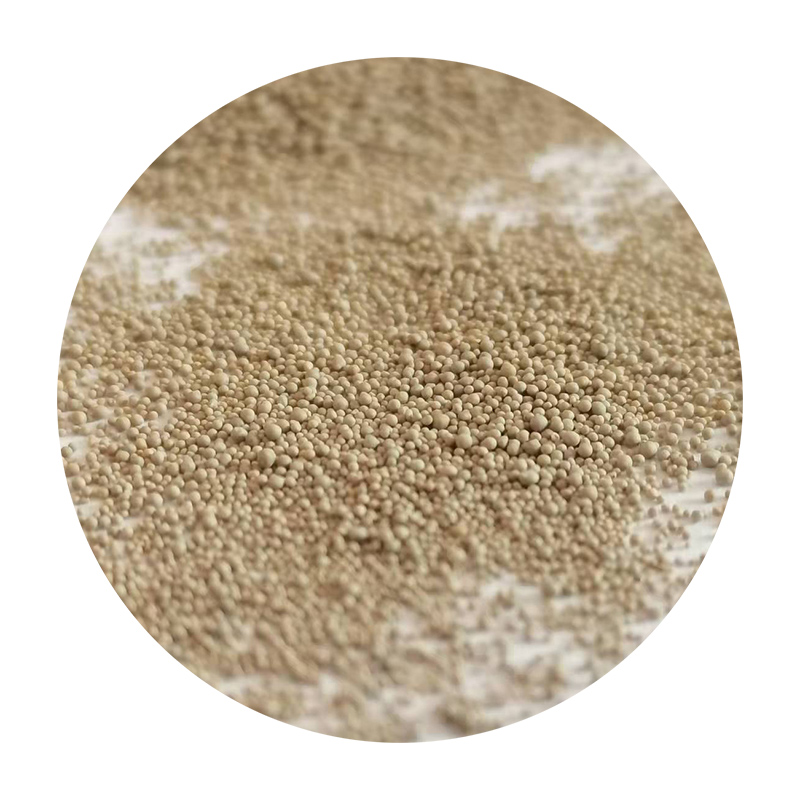The Revolutionary Impact of 3D Printing with Sand
In recent years, the field of additive manufacturing has witnessed significant advancements, one of the most innovative being 3D printing with sand. This technology is transforming the landscape of construction, manufacturing, and even art, paving the way for sustainable practices and unprecedented design possibilities.
Understanding the Basics
3D printing with sand primarily involves the use of a binder jetting process, where a computer-controlled printer lays down layers of sand and selectively binds them together using a liquid adhesive. This method allows for the creation of complex geometries and intricate details that are often impossible to achieve with traditional manufacturing techniques. The process begins with a digital model, which is sliced into layers by specialized software. Each layer is printed sequentially, gradually building up a three-dimensional object.
Applications in Construction
One of the most promising applications of 3D printing with sand is in the construction industry. Traditional methods of building often result in significant waste, both in materials and time. However, 3D printing offers a more resource-efficient alternative, minimizing waste and allowing for more precise construction. Notably, sand is abundant and inexpensive, making it an ideal material for large-scale building projects.
This technology has been used to create both structural components and entire buildings. For instance, numerous projects showcase 3D-printed homes that boast unique designs tailored to environmental contexts. These structures can be designed to enhance energy efficiency, incorporating natural features that align with sustainable living. Furthermore, the potential to print on-site reduces transportation costs and emissions, moving the construction industry closer to a more sustainable future.
Innovations in Industrial Manufacturing
Beyond construction, 3D printing with sand plays a crucial role in industrial manufacturing, especially in the production of foundry molds and cores. Traditionally, creating molds from metal or other materials involves intensive manual labor and lengthy production times. 3D printing simplifies this process, allowing manufacturers to produce highly detailed molds in a fraction of the time and at a lower cost.
3d printing with sand

This method also enables rapid prototyping, giving engineers and designers the ability to test and refine their ideas quickly. The ability to iterate designs using sand molds accelerates the development cycle and fosters innovation in product design. Industries ranging from automotive to aerospace are increasingly adopting this technology for producing lightweight components that maintain strength and reliability.
Artistic and Cultural Expressions
Another exciting aspect of 3D printing with sand is its application in the arts. Artists and designers are beginning to explore the medium’s potential for creating sculptures and installations. The unique textures and forms that can be achieved with sand offer new avenues for creative expression. Moreover, the ability to reproduce artworks with high fidelity opens up opportunities for cultural preservation and sharing.
For example, ancient artifacts can be digitally scanned and replicated using 3D printing, allowing museums to exhibit copies without risking damage to the originals. This practice promotes accessibility to cultural heritage, enabling a wider audience to engage with historical artifacts.
Environmental Considerations
As the world increasingly turns its attention to environmental issues, the advantages of 3D printing with sand become evident. Sand is a naturally abundant resource, and the process generally produces less waste compared to conventional manufacturing. Moreover, many companies are exploring the use of recycled sand to further enhance sustainability.
The ability to customize designs and reduce excess material usage aligns well with green building initiatives. By adopting 3D printing technologies, industries can significantly lower their carbon footprint and embrace a circular economy approach.
Conclusion
In conclusion, 3D printing with sand is poised to revolutionize various industries, including construction, manufacturing, and the arts. Its ability to create complex geometries with minimal waste makes it an attractive alternative to traditional methods. As technology continues to evolve, we can expect even more innovative applications to emerge, further enhancing the potential of this remarkable technique. Embracing 3D printing with sand not only fosters creativity but also lays the groundwork for a sustainable future, making it a key player in the next industrial revolution.
Post time:Nov . 27, 2024 07:34
Next:Exploring the Range of Products Crafted Through Sand Casting Techniques
